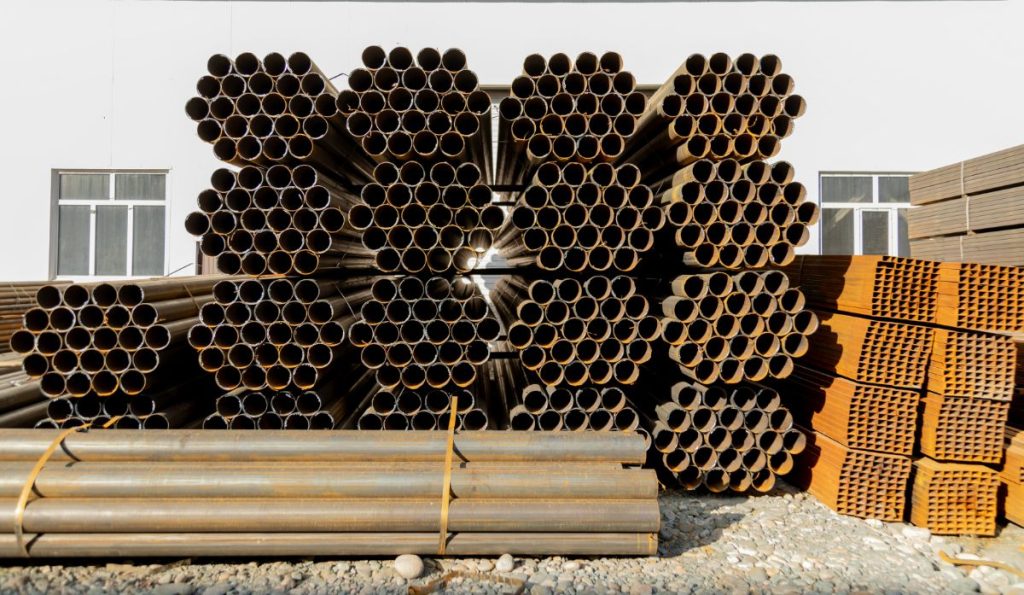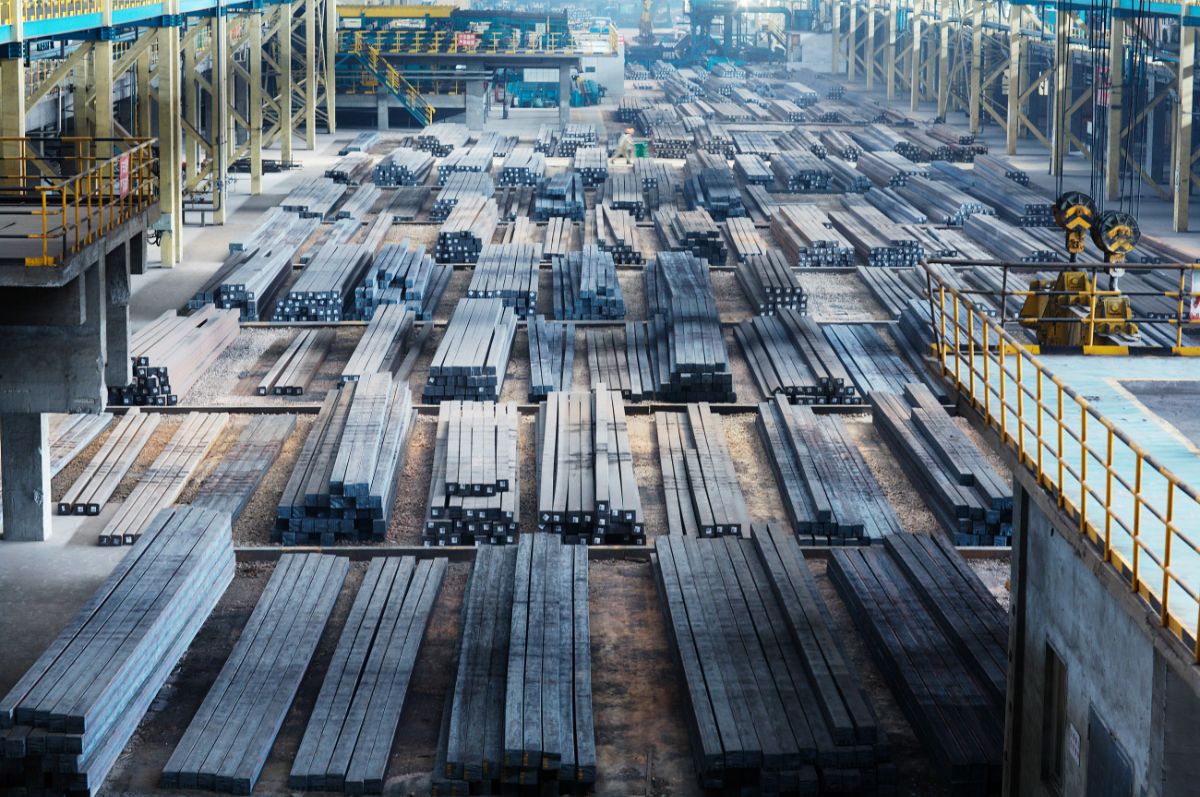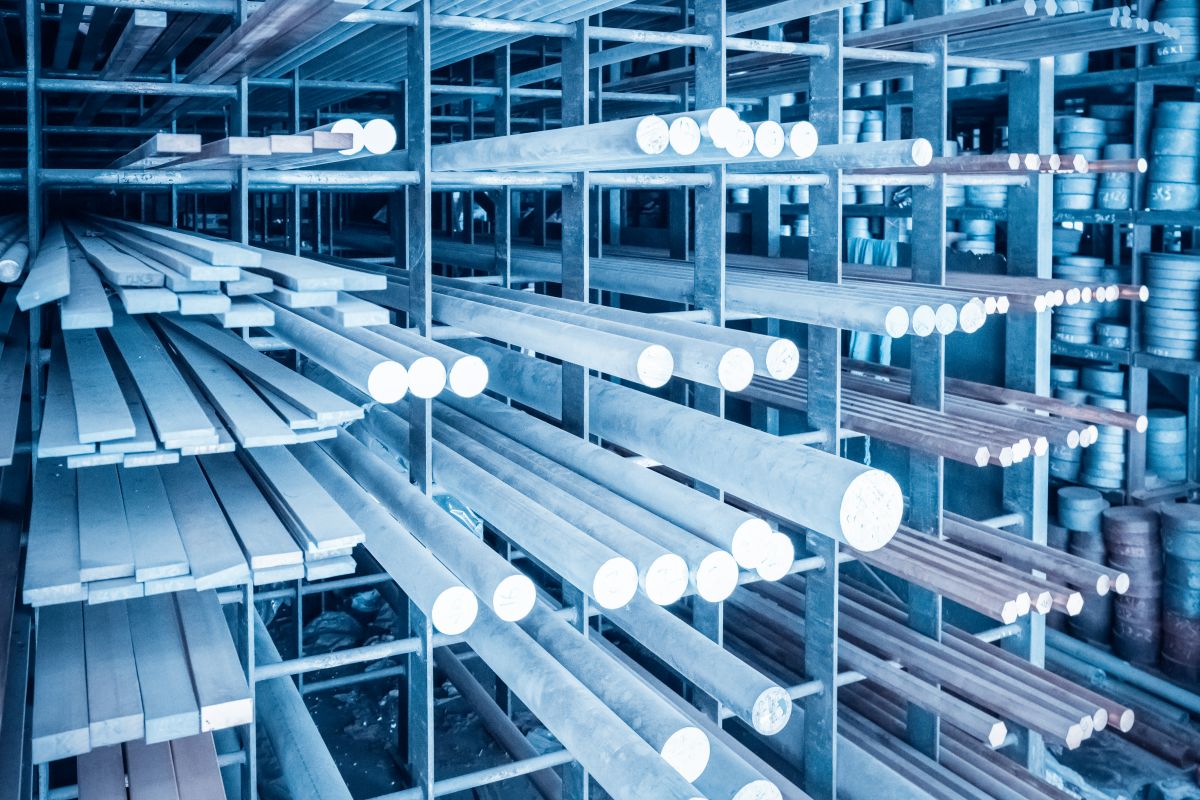Steel vs Wood: Which is Better for Construction

Overview
Steel and wood are primary construction materials with distinct characteristics and advantages.
Wood is a renewable resource, provides insulation, and is easily constructed, making it ideal for architectural details, outdoor structures, and energy-efficient construction.
Steel is renowned for its strength, durability, and fire resistance, making it suitable for structural frameworks, prefabricated buildings, and commercial/industrial structures.
Steel and wood are primary construction materials in the construction industry. Each brings its own set of characteristics, advantages, and considerations to the table, shaping the outcome of a project in various ways.
This blog discusses steel vs wood for construction projects, aiming to provide an informed perspective on their suitability for diverse applications. Read on to learn more.
Characteristics of Steel
Steel is a material renowned for its exceptional characteristics, making it a fundamental choice in construction and other industries. Some of its characteristics include:
Strength and Durability
Steel can withstand substantial loads and forces without deforming or failing. Its high tensile and compressive strength make it ideal for constructing large and complex structures. On the other hand, its durability ensures that these structures remain stable and safe over long periods, even under harsh environmental conditions.
Fire Resistance
It is a non-combustible material, which means it does not ignite or contribute to the spread of fires. This makes steel a safe choice for construction in areas prone to fires, such as industrial sites and regions with a high risk of wildfires.
Wide-Span Capabilities
Steel’s ability to support wide and open spaces is valuable in architecture and construction. This capability is attributed to its high strength-to-weight ratio, which can carry heavy loads over long distances without the need for excessive structural support.
Characteristics of Wood
Wood is a versatile and widely used construction material, known for its unique set of characteristics that contribute to its enduring appeal in various building applications, such as:
Renewable Resource
Wood comes from trees, which can be replanted and regrown. Sustainable forestry practices ensure that the rate of harvesting trees does not exceed the rate of replanting and natural regeneration, allowing for a continuous and sustainable supply of wood. As a result, it remains a renewable and eco-friendly material for various applications, including construction.
Insulating Properties
The wood’s natural insulating properties contribute to maintaining comfortable indoor temperatures and enhancing energy efficiency in buildings. This helps slow the transfer of heat through the material, resulting in improved insulation and reduced heat loss during colder seasons.
Ease of Construction
Its versatility makes it suitable for a wide range of construction applications, from framing and flooring to decorative elements and intricate architectural details. Wood’s ease of handling and quick assembly can contribute to faster construction times, which can be advantageous for meeting project deadlines and reducing labor costs.
Application of Steel in Construction

Steel, as a versatile and indispensable construction material, finds an extensive array of applications in the construction industry. Its structural integrity, durability, and adaptability make it an ideal choice for various construction needs.
Structural Framework
Steel is a primary choice for constructing the structural framework of buildings, particularly in applications where strength, stability, and load-bearing capacity are crucial. Steel beams, columns, and trusses are integral components in creating the skeletal structure that supports the entire building.
Prefabricated Buildings
Steel is a popular choice in prefabricated construction, where building components are manufactured in a controlled factory environment and then transported to the construction site for assembly.
Commercial and Industrial Buildings
Thanks to their unique advantages, steel structures are a prevalent choice for commercial and industrial buildings. Its resistance to environmental factors, corrosion, and wear makes it well-suited for the harsh conditions often found in industrial settings.
Read more about steel here: Benefits of Steel-Constructed Buildings
Application of Wood in Construction
Wood boasts a wide range of applications in the construction industry. Its natural beauty, adaptability, and environmentally friendly qualities make it a preferred choice for various construction needs.
Architectural Details
Wood is a favored material for architectural details and finishes, adding warmth, character, and intricate design elements to interior and exterior spaces. Its workability allows for intricate carvings and reliefs on furniture, cabinetry, fireplace mantels, and architectural elements like balusters and newel posts.
Decking and Outdoor Structures
Treated wood is extensively used for outdoor applications, where it provides natural beauty, durability, and versatility in various settings. It is a favorable choice for creating outdoor living spaces because of its resistance to moisture, insects, and decay.
Energy-Efficient Construction
Wood influences energy-efficient building designs, contributing to sustainability and reduced environmental impact. Engineered wood products, such as laminated veneer lumber (LVL) and cross-laminated timber (CLT), are employed in the construction of walls, roofs, and floors.
How Do You Choose Between Steel and Wood for Construction?

Choosing between steel and wood for construction is a pivotal decision that depends on various factors, project requirements, and priorities. The selection process involves a thoughtful evaluation of the following considerations:
Understand Project Requirements
Begin by defining the requirements of your construction project. Consider factors such as the type of structure, size, location, budget, and intended use.
Evaluate Structural Needs
Assess your project’s structural requirements, such as load-bearing capacity, the height of the structure, and the expected environmental condition.
Assess Design Flexibility
Consider the design requirements of your project. Steel supplied by Metal Exponents offers greater design flexibility for complex and large structures, while wood provides a warm and natural aesthetic.
Prioritize Maintenance and Longevity
Evaluate long-term maintenance needs. Steel typically requires minimal maintenance, while wood may require regular sealing, painting, and termite protection.
Consider Safety and Fire Resistance
You should also consider the safety and fire resistance of the material. Steel is non-combustible and offers excellent fire resistance, while wood can be treated to enhance its fire resistance.
Key Takeaway
Steel vs wood for construction is not a matter of one being universally better than the other, but rather a decision guided by project-specific requirements, budget considerations, design preferences, and sustainability goals. Careful evaluation of these factors and a thorough understanding of each material’s strengths and limitations are essential for making an informed choice that aligns with the unique needs of your construction project.
Metal Exponents, a supplier of top-grade imported steel in the Philippines, offers steel for any construction project in the country. Explore our different steel products when you contact us here.


